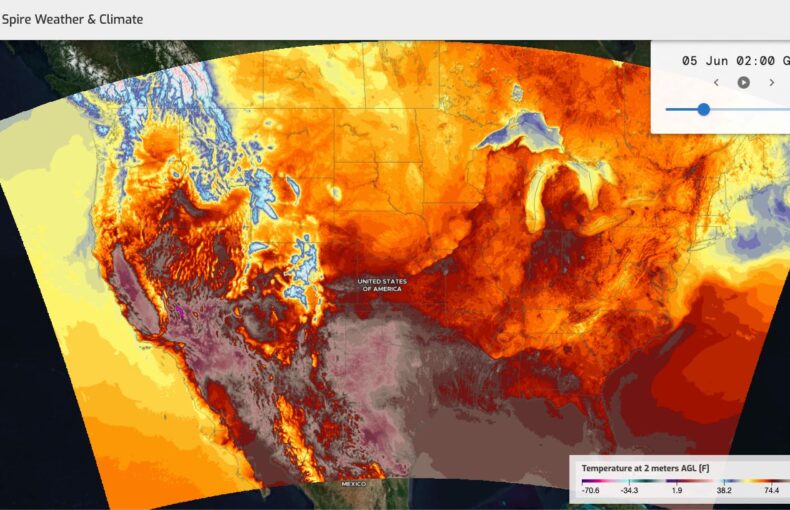Five ways the shipping industry can save fuel
A look at how environmental regulations impact refined fuel costs for the shipping industry and how to use data to boost sustainability while saving on fuel costs.
Cargo ships are generally the most efficient way to transport massive amounts of goods and raw materials around the world. So it makes sense that over 90% of goods are transported by sea. But while ocean shipping is a clear choice for most business cases, it still takes an extraordinary amount of fuel to keep vessels moving. On average, shipping uses more than 5 million barrels of fuel a day. This includes different types of fuel, such as high sulfur, lighter marine, and even liquefied natural gas.
Recently, the International Maritime Organization passed regulations to improve sustainability in the industry. They were introduced in January to combat the shipping industry’s estimated 2.5% share of global CO2 greenhouse gas emissions. The IMO banned ships from using fuels with a sulfur content above 0.5%, compared with 3.5% previously.
These changes are welcome news for protecting our environment but refined fuel demands will introduce a significant cost increase to the shipping industry. There are five types of data, however, that organizations can use to help boost sustainability while saving on fuel costs.
A common trait among fuel savings
Data gives specific and detailed insight to help companies manage their fuel consumption. And it helps optimize supply chain operations in order to create better efficiency and output. There are several innovative ways this is being done now.
For example, Oldendorff Carriers is one of the world’s largest dry bulk shipping companies. It ships and trans-ships over 300 million tons of bulk cargo every year. It was looking for creative ways to save on fuel. So, it began using Spire Weather data in its simulation models to help improve the accuracy of its fuel consumption. The simulation model allowed Oldendorff Carriers to find shipping routes that consumed less fuel.
There are many data points, weather-related or otherwise, to leverage for these savings:
Vessel type
Understanding a vessel’s type will help predict how much fuel it will use in cross global trips. For example, Panamax ships are designed to fit through the Panama Canal with ease. Chinamax are very large ore carriers created to transport the largest loads possible. And there are several sizes in between, like the Handymax.
Knowing which of these ships are the most efficient to use for transporting cargo and how they will handle the trip, along with weather data to improve navigation, can help with the development of fuel-saving processes.
Try our free ETA and distance calculator tool
Get free full-featured access for up to 10 calls a day; calculate ETA and distance to a selection of the world’s main ports.
Voyage origin
Another place to look for fuel savings is at the start of a ship’s voyage. The origin could have issues at port, like traffic, that slow down a ship’s departure. This could in turn impact a planned course, which might require rerouting and greater fuel consumption. There may be factors like weather, which would require postponing or accelerating a sail-off.
With better prediction models using Spire Weather data, companies can plan more accurately. As Mike Pearmain, chief data scientist of Oldendorff Carriers said, “People in the maritime industry still underestimate the value that good weather data can bring to their business.”
Navigation conditions
When thinking about navigation, as it relates to fuel, consider the entire picture. It’s all connected. Evaluating sailing conditions calls for analyzing important hazardous aspects, such as technological, geographic, and weather risks. Due diligence is key. Course projections, identifying obstacles within them, and using the most detailed weather data available, can save valuable cargo from being lost and even save lives.
Geographic risks
Organizations should also consider the geographical limitations that impact fuel consumption at sea. This includes hazards like coral reefs, icebergs, sandbars, and routes affected by inland weather like the Suez and Panama canals. With proper planning, the most efficient path can be taken. Spire Weather data can help plot those routes by predicting the weather more accurately, making it easier to know which path promises smooth sailing.
Destination
Each port functions differently depending on local regulating authority and operational nuances. Furthermore, activity at a port can fluctuate with the time of year; some seasons are busier than others. Knowing these trends can help you better predict waiting times at ports, a key data point to consider when optimizing fuel consumption.
Fuel savings and more
Extra fuel savings goes beyond being more profitable and cost-efficient. It gives companies more room to focus on business optimization, system improvements, and R&D to avoid hazards and pitfalls on voyages. The extra savings make companies resilient during periods of economic difficulty, and less dependent on fuel during challenging political times. Saving on fuel also makes shipping companies more sustainable. Reducing fuel usage is also one of the numerous sustainability initiatives that data can help companies achieve.
It’s clear that cutting fuel consumption with the support of data can help companies meaningfully reduce their carbon footprints. Besides helping to protect the earth, being more sustainable also translates to better business, as consumers increasingly demand greener practices.
A bright future
Fuel is at the heart of many cost-cutting initiatives, and both Spire Maritime and Spire Weather are helpful pieces to that puzzle. Maritime companies are already using creative solutions, like slow steaming, and also leveraging data to optimize operations and processes. They are creating more sustainable, profitable, and successful companies, helping to ensure a better future for everyone. There’s a lot to feel hopeful about as we find new ways to save fuel.
 Written by
Written by


